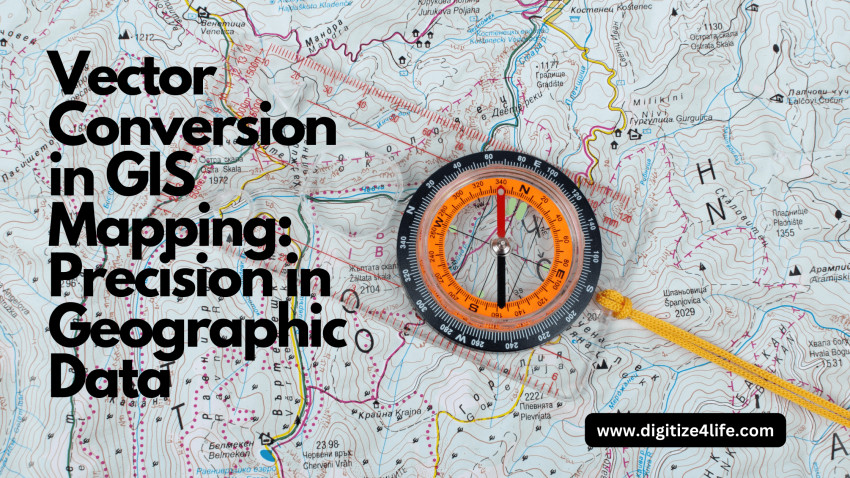
GIS Mapping Mastery with Vector Conversion: Precision Unleashed
First of all,
Precision is king in the dynamic field of Geographic Information Systems (GIS). Vector conversion is a fundamental process that transforms geographical data and forms the basis of precise mapping. This blog delves deeply into the importance of vector conversion in geographic information system mapping, revealing the intricacies and the accuracy it enhances.
Recognizing Vector Conversion: The process of converting raster data into vector format enables more accurate geographic information analysis and representation. This conversion improves the storage, analysis, and visualization of spatial data in GIS mapping.
The Significance of Vector Conversion
Enhanced Precision: By fine-tuning the depiction of geographic features, vector conversion guarantees excellent precision. This is essential for uses like environmental monitoring and urban planning where precision cannot be compromised.
Effective Storage and Processing: Because vector data is more compact by nature, it can be stored more effectively and processed more quickly. In order to manage massive datasets and guarantee flawless GIS operations, this optimization is essential.
Versatility in Analysis: Spatial analysis can be conducted on a varied platform thanks to vector data. The versatility it provides enables GIS specialists to derive valuable insights from a variety of datasets, from overlay operations to topology tests.
Important Steps in Converting Vectors:
Data Acquisition: The first step in the vector conversion process is to acquire high-quality raster data. The final vector representation's precision is highly dependent on how accurate the original data were.
Preprocessing: Remove noise and extraneous information from the raster data by cleaning and preprocessing it. This stage minimizes errors in the final vector output by laying the groundwork for a more precise conversion.
Vectorization: Transforming raster data into vector format is the main step in the process. Accurate feature delineation depends heavily on methods like polygonization and edge detection.
Topology Checks: To guarantee the integrity of the vector data, carry out thorough topology checks after conversion. In order to preserve the spatial relationships between features, this step is crucial.
Uses for Vector Conversion:
Urban Planning: When it comes to urban planning, accuracy is crucial. Making educated decisions is made easier by the realistic depiction of transportation networks, land-use patterns, and infrastructure made possible by vector conversion.
Natural Resource Management: Accurate boundary delineation and change monitoring are essential components of GIS mapping in natural resource management. The process of vector conversion guarantees the most accurate acquisition of environmental data.
Emergency Response Planning: Time is of the essence in times of crisis. First responders can organize their responses more quickly and efficiently by using vector-converted GIS maps, which give precise information on the terrain, infrastructure, and population density.




